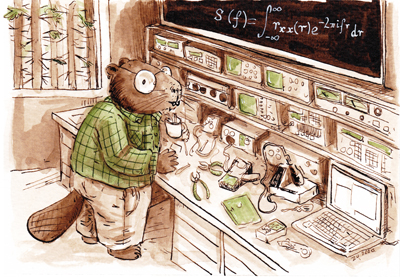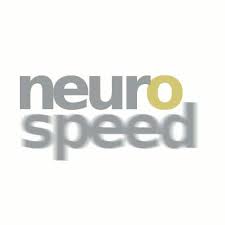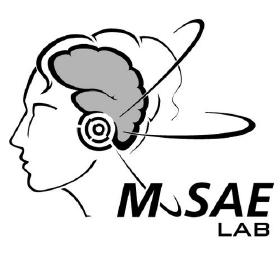Software
This is list of some of the projects I have contributed. Most of the code is already available in my GitHub account, or it is available under request.
-
Brainstorm is a collaborative, open-source application dedicated to the analysis of brain recordings: MEG, EEG, fNIRS, ECoG, iEEG, depth electrodes and multiunit electrophysiology. Brainstorm is developed with Matlab (and Java), it does not require users to own a Matlab license: an executable, platform-independent (Windows, MacOS, Linux) version is made available.
-
The MuSAE Lab EEG Server (MuLES) is an EEG acquisition and streaming server programmed in LabVIEW. It creates a standard interface for portable EEG. Latest version is compatible with Interaxon Muse (2014), Emotiv EEG, Neuroelectrics Enobio, and OpenBCI devices.
-
The Amplitude Modulation Analysis (AMA) Toolkit computes forward and inverse transformations between time, frequency, time-frequency and frequency-modulation-frequency domains. It also includes a GUI for the real-time exploration of the signals and their representations across different domains. The toolkit is available for Python3, Octave and MATLAB.
-
Unity project to use a Ricoh Theta S camera to live-stream 360° video to a VR headset.
https://github.com/rcassani/ThetaWifiStreaming2VRheadset. -
The Bluetooth Low-Energy (BLE) Toolkit for LabVIEW is an implementation of the BGAPI protocol v1.3, that allows the communication with BLE devices over USB/UART in LabVIEW. The toolkit has been developed and tested with the BLE USB dongle BLED112.
-
The OpenBCI Toolkit for LabVIEW in a LabVIEW implementation of the OpenBCI communication protocol. It allows the configuration and data acquistion from the OpenBCI Cyton board (using its OpenBCI DONGLE) for firmware 2.x or higher.
-
The LabVIEW Emotiv Toolkit V2 extends the V1 by adding the capability of acquiring raw EEG data from the Emotiv Epoc and Epoc+ headsets.
-
neuralDrift is a collaborative multiplayer neurogame based on brain-computer interfaces. The game consists in a LEGO© MINDSTORMS© EV3 robot, an Android device displaying the game state, and requires two EEG devices supported by MuLES.


